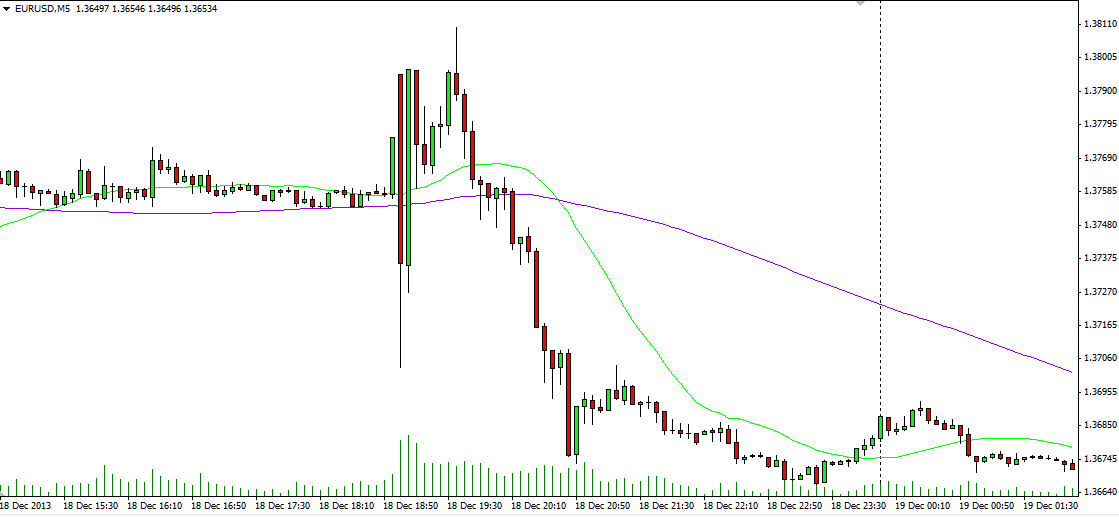Open Market Operations
You will learn about the following concepts
- What do these operations affect?
- Federal Open Market Committees practice
- Assumptions
- and more…
Open Market Operations are actions (sales or purchases of government debt instruments such as treasury bonds, treasury bills, treasury notes) taken by central banks to attempt to control or otherwise influence some aspect of the economy. Open market operations generally refer to the operations by the central bank that either increase or decrease the money supply. Other targets like exchange rates and interest rates are used to help guide open market operations. Open market operations can be used by the central bank to help control macroeconomic trends like inflation, or by a currency board to attempt to maintain a fixed exchange rate between two currencies. Open Market Operations can be divided into two types: permanent and temporary. Permanent OMOs are generally used to accommodate the longer-term factors. Temporary OMOs are typically used to address reserve needs that are deemed to be transitory in nature.
What do these operations affect?
Open market operations affect currency trading prices, employment and other fundamental analysis factors. Through open market operations, central banks are able to influence the liquidity of foreign currency trading, and this is why traders should keep informed with these actions. Open market operations help stabilize the currency trading market, and this is one of the reasons that makes currency trading a great investment venue. Open market operations are performed when banks transact in considerable purchases of currencies, and in turn the currency value increases or decreases accordingly.
FOMC
In the U.S., a committee within the Federal Reserve called the The Federal Open Market Committee (FOMC) is responsible for implementing monetary policy. It encompasses the Board of Governors and five reserve-bank presidents, and holds meetings eight times per year in order to determine the current economic conditions and outlook and to asses whether to increase or decrease money supply using one of the central banks available tools.
The Federal Open Market Committee purchases and sells government securities to change the money supply, the so-called open market operations. The government securities used for that purpose are Treasury bills, bonds and notes. If the FOMC desires to increase the money supply, it will purchase securities and in the opposite case – it will sell.
In order to raise the money supply, the Federal Open Market Committee will buy securities from banks. The banks can then loan out the newly acquired funds to individuals and businesses. Logically, as the amount of money that is available in the market for lending rises, interest rates on these loans are bound to drop, which enables more borrowers to acquire cheaper capital. This improved access to capital will then boost investment, thus stimulating the overall economy.
That is what the Fed has been doing after the financial crisis of 2008. The government was injecting the economy with bond purchases worth 85 billion dollars per month in order to revive growth.
The graph below shows the effect of FOMCs decision to cut the so-called Quantitative Easing program to $75 billion had on the EUR/USD pair. As you can see at 19:00 GMT, the dollar gained positions against the Euro as the money supply was decided to be limited.
 Source: MetaTrader 4 by MetaQuotes
Source: MetaTrader 4 by MetaQuotes
In case the Federal Open Market Committee decides to reduce the money supply, it will sell securities to banks, thus taking money out of the banks. The reduction in available money will logically lead to slowing investment and spending as capital becomes more expensive to obtain (less money is available to be lent out). This limited access to capital will then cause an economic slowdown as investment decreases.
Example
Let us assume the Federal Reserve wants to increase bank reserves by using open market operations. Banks use a part of their customers deposits, which are liabilities for the bank, to purchase federal government-issued debt. To inject bank reserves with cash, the central bank buys some of the government-issued bonds from them. If the Federal Reserve buys $30 million in bonds from a bank, for example, the banks reserves will rise by an equivalent $30 million. This is extra money, which the bank can now lend out. The $30-million increase in bank reserves leads to an equivalent increase in the monetary base. You should note that banks tend to reduce their interest rates once they find themselves with an excess of money, so that they can easily attract clients, to whom they can lend it.
Having received $30 million in additional reserves, the bank will want to swiftly loan the money out to earn interest, setting in motion the multiplication process. As the commercial banks create an additional $30 million in loans, the loans recipients will spend the money purchasing goods and services. As these individuals and companies buy goods and services, they create additional income for businesses, their employees, and other individuals. Later, the majority of this income will find its way back into the banking system in the form of deposits. Therefore, through the multiplication process, the money supply will increase by an amount equal to the change in the monetary base ($30 million in our case) times the money multiplier.